
Ultrasound Of The Heart
Ultrasound is an imaging technique used for examining internal organs. Ultrasound of the heart is called an echocardiogram and it employs the regular sonogram techniques to produce images of the organ. Most places use 3D imaging nowadays. Ultrasound operates on the same principle as a submarine. High frequency sound waves are administered into the object in question and an echo is produced. Based on the echo the person performing the ultrasound is able to determine the shape and size of the organ as well as to identify any masses of cells that could be tumors. Using the Doppler effect, ultrasound machines can assess the condition of veins, arteries and blood vessels. Harmless dye is injected into the patient intravenously and followed as it makes its way from organ to organ. The Doppler effect reveals blockages and the overall functionality of organs. In the case of cardiac ultrasound valve areas as well as the right and left sides of the heart are examined for blood leaking. Other functions are also measured and include cardiac dimensions, ejection fraction, calculation of cardiac output and so on. In addition, cardiac ultrasound is one of the earliest applications of the scanning method. Trained technicians such as cardiac sonographers often administer the test while cardiologists and cardiac physiologists also perform ultrasound examinations.What Is Echocardiogram Used For?
Ultrasound of the heart is used for various reasons. Medical care professionals primarily recommend it for diagnostic purposes, but it can be used to assess the outcome of treatment or follow progress of a disease. Cardio ultrasound can demonstrate the exact location of damaged tissue, pumping capacity of the heart as well as the size of internal chambers. Individuals who might be affected by heart problems are often referred to ultrasound to examine the blood flow, in particular the backflow of blood through heart valves. The wall of the heart can also be thoroughly examined for any signs of coronary artery disease. Aside from the more serious heart condition, ultrasound can determine whether chest pain and shortness of breath are signs of substantial heart problems or just acute conditions. Contrary to X-Rays, ultrasound does not emit radiation and poses no risks for the patient. It is also noninvasive in most cases and very easy to use.Types of Echocardiograms
Ultrasound of the heart is performed in different ways depending on the underlying problems and symptoms exhibited by the patient. One of the very common types of echocardiograms is a 3D scan that uses the regular transducer and other appropriate equipment. Using the 3D test, valvular problems are easily detected and so are cardiomyopathies. The 3D echocardiogram is also employed for guiding during biopsies of the heart. Further, a stress echocardiogram is used to detect wall motion when the person is physically active. The ultrasound is initially performed while the individual is resting. These images are later compared to those taken while the person is walking on a treadmill or engaging in other types of physical exercise. The images under stress that are valuable are the ones when the person has reached the peak heart rate. The coronary arteries are not viewed directly via stress echocardiograms, but abnormalities can be observed that point to coronary artery disease. Like many other ultrasounds, stress echo is not invasive and is administered by a trained technician or a cardiologist. Lastly, there is a type of heart ultrasound that is invasive and it is passed down the person’s esophagus. The transesophageal ultrasound is used when more precise images of the heart are required to make a proper diagnosis. As transesophageal test is fairly complicated, a cardiologist, a nurse, and an ultrasound professional administer it.Preparing For a Heart Ultrasound
There are no specific steps that need to be taken before coming for an echo test. It is advised that patients eat and drink as usual and keep on taking any medications that are prescribed unless told otherwise. The exam usually takes between half an hour to an hour. Persons that come for ultrasound testing should wear comfortable clothing and leave the jewelry at home. Most of the clothes will need to be taken off and a disposable paper robe will be provided. The individual will be asked to lie on a bed on the left side while the electrodes are connected to the chest. The light will probably be dimmed to allow for a better view of the screen. Clear gel will be applied on the person’s chest to facilitate the process. The technician will use a transducer, a tube-like instrument that emits the sound waves to the heart. The transducer transmits the images onto a screen next to the bed and the results are usually discussed immediately. The official report with printouts is sent to the referring doctor within a few hours or days where a diagnosis will be made or further testing ordered.

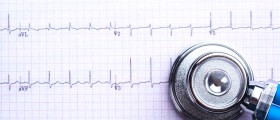

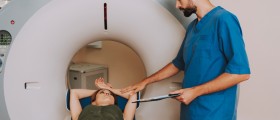
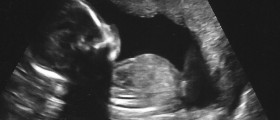
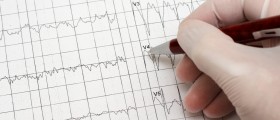









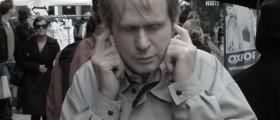
Your thoughts on this
Loading...